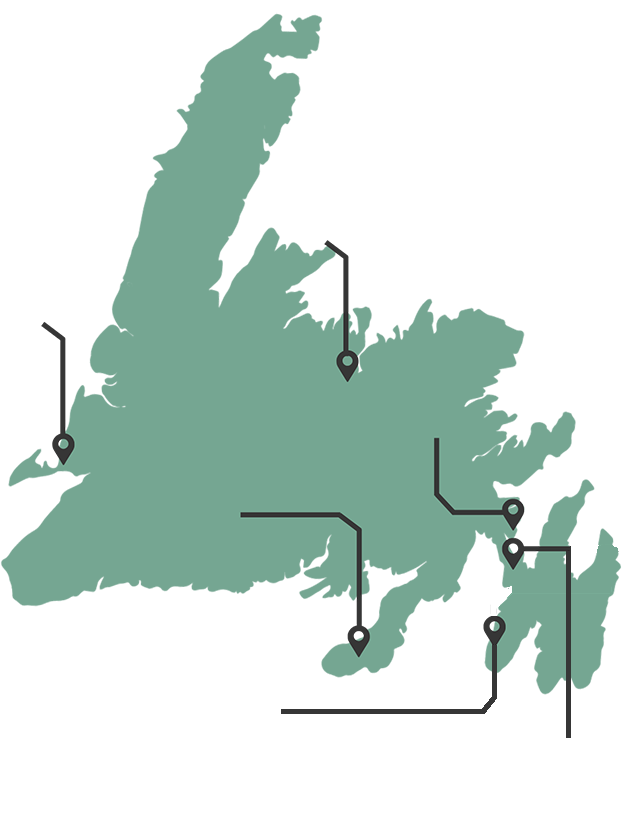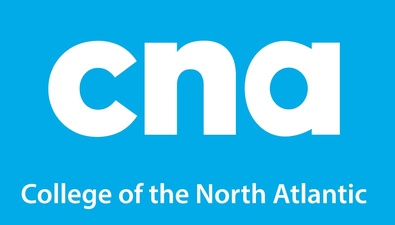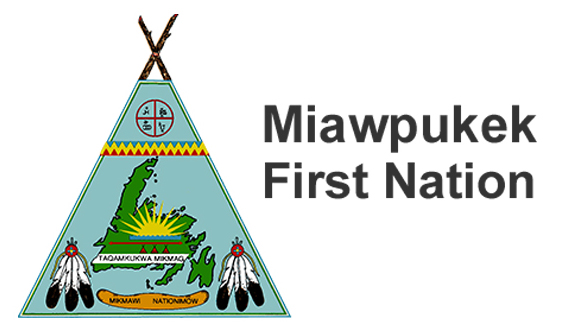
From unlimited wind potential to massive hydroelectric infrastructure, Newfoundland and Labrador is an energy powerhouse.
Newfoundland and Labrador is becoming an international hub for hydrogen production via wind energy.

Untapped Wind Resources.
NL’s onshore and offshore wind resources are among the strongest in the world.
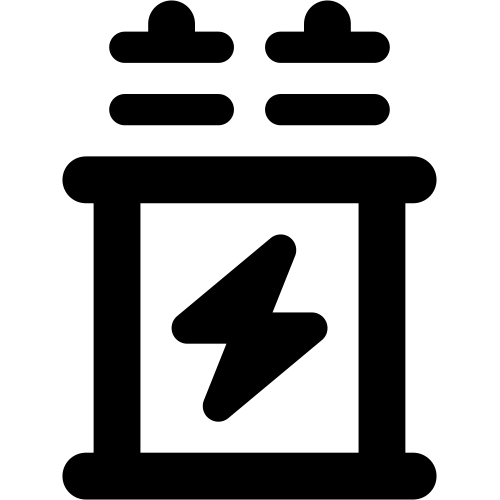
Backed by a Hydroelectric Grid.
NL has a wealth of hydropower – developed and undeveloped – with an electricity grid which is over 90% clean.

An Abundance of Land and Water.
NL has 450,000 km2 of crown land and industrial water supplies available and accessible.

Port Infrastructure.
NL has established industrial deep seaports that remain ice-free year round. This infrastructure has been integral to supporting offshore energy, ocean sciences, and fishing industries for decades.

On Major Shipping Routes.
Newfoundland and Labrador is the closest point in North America to Europe, strategically located on major shipping routes.
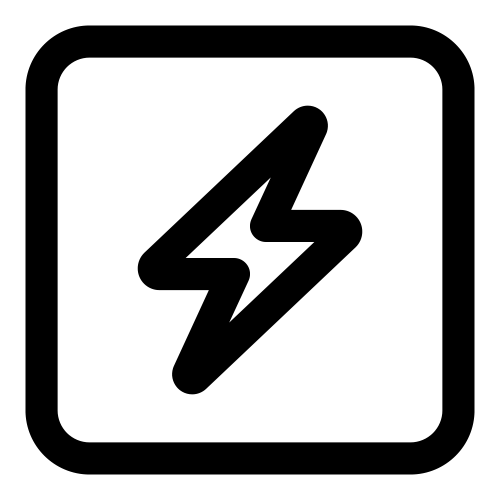
Significant Energy Storage Possibilities.
From extraordinary salt domes to pumped hydro storage possibilities, NL has what is required to balance supply and demand.

A Ready Supply Chain.
NL has a robust energy sector supply chain with specialized expertise in engineering; fabrication; marine transportation; environmental monitoring; and more.

Workforce.
NL has a workforce with a history of supporting large energy, mining, and infrastructure projects primed to drive the energy transition.
Current Projects in Development
Over 20GW of wind-to-hydrogen projects are being pursued in Newfoundland and Labrador. Learn about the six projects via the links below.
Over 20GW of wind-to-hydrogen projects are being pursued in Newfoundland and Labrador.
Learn about the six projects via the links below.
Over 90% of Newfoundland and Labrador’s electricity is generated from renewable energy, primarily from its hydroelectric resources.
This helps ensure green hydrogen production in the province will be RFNBO compliant and its industrial activities low-carbon. Significant new hydro development is also being planned.
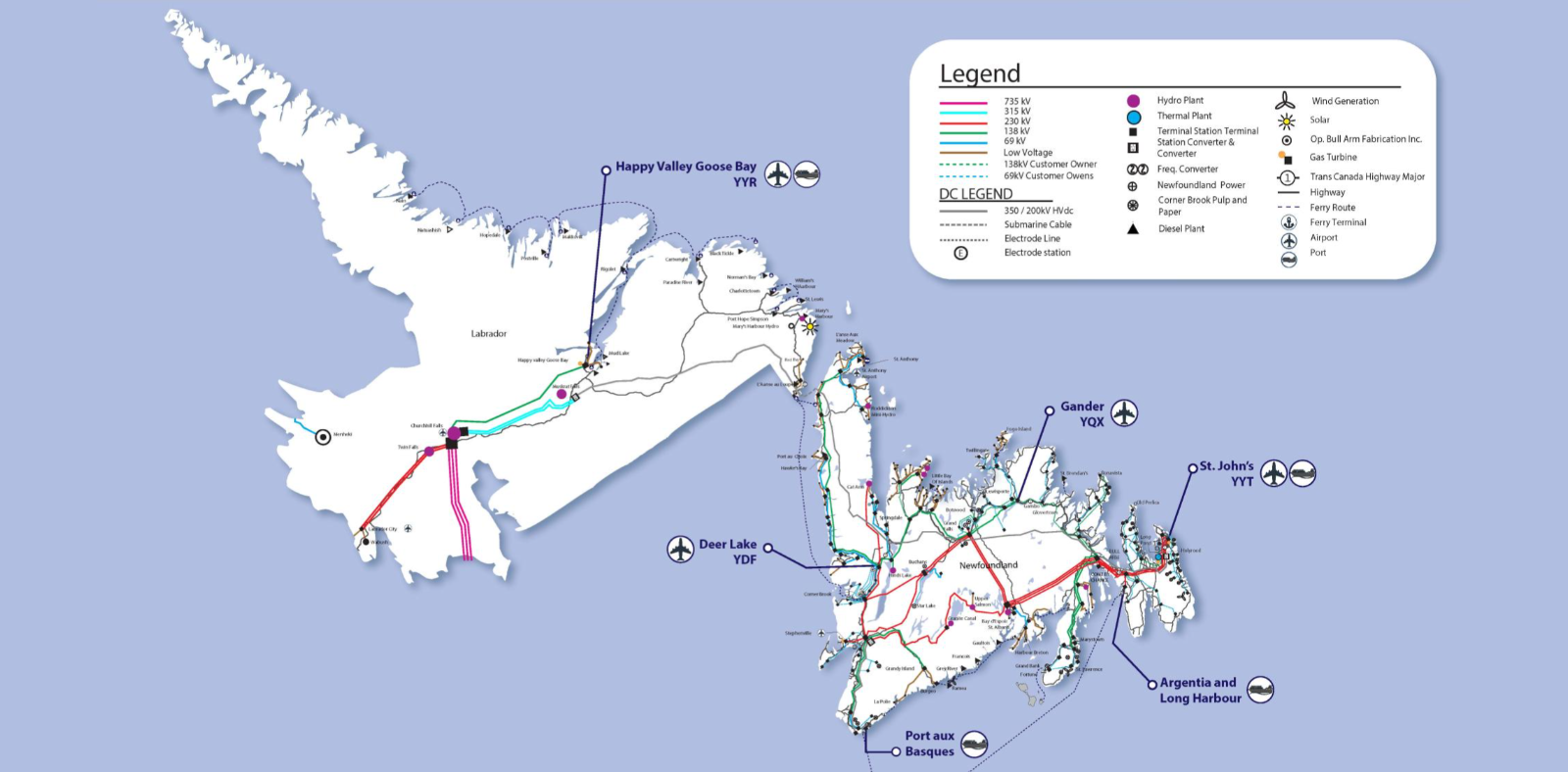
Image Courtesy Government of Newfoundland and Labrador
- Bay d’Espoir (613 MW)
- Cat Arm (137 MW)
- Granite Canal (40 MW)
- Hinds Lake (75 MW)
- Nalcor Energy Exploits (95 MW)
- Paradise River (8 MW)
- Rattle Brook (4 MW)
- Star Lake (18 MW)
- Upper Salmon (84 MW)
- Churchill Falls (5,428 MW)
- Muskrat Falls (824 MW)
- Upper Salmon Hydroelectric Generating Station (84 MW)
The Expansion of the Upper Churchill River
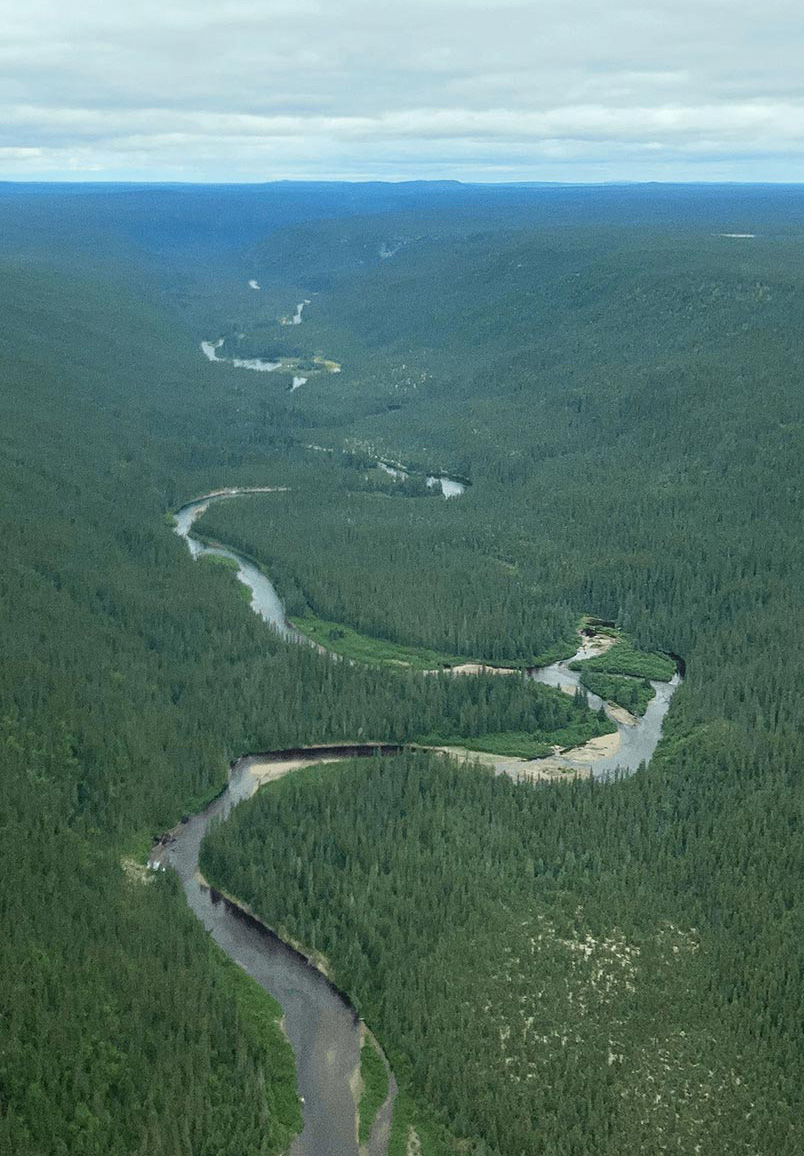
Newfoundland and Labrador and Quebec signed an historic MOU on December 12, 2024 to to pursue new projects on the Churchill River to nearly double its capacity. New projects will increase capacity from the Churchill River by approximately 3,900 MW.
- Development of a new generating station on the Churchill River capable of producing 2,250 MW.
- An estimated cost of $24.9 Billion including financing, with commissioning targeted for 2035.
- Environmental Assessment completed in 2012.
- A second powerhouse at Churchill Falls, near the existing plant and using existing reservoir, capable of producing approximately 1,100 MW.
- An estimated cost of $4.6 Billion including financing.
- Upgrade of the 11 existing generating units at Churchill Falls facility with modern equipment which will add approximately 550 MW to its production capability (currently at 5,428 MW).
- An estimated cost of $1.9 Billion including financing.
The project will include the construction of approximately 340 km of 735kV AC transmission lines in Labrador to enable new developments and more in Quebec. The overall construction investment for the projects outlined in the MOU is over $33 Billion.
Geologic conditions have blessed Newfoundland and Labrador with significant storage potential which can facilitate the storage of clean fuels like hydrogen, act as battery systems for electricity grids, and decarbonize industry through carbon capture and storage (CCS).
Hydrogen Storage
Preliminary exploration of salt dome formations has (so far) uncovered the potential for 260,000+ tonnes of H2 storage. Over 60 independent salt domes have been characterized, with analysis continuing.
Projects in Development:
Electricity Storage
These salt domes also present the potential for energy storage via compressed air – presenting enormous potential for electricity grid integration and the support of heavy industry activities.
Subsea Storage
Research to quantify CO2 storage potential offshore Newfoundland and Labrador has uncovered subsea geology capable of storing more than 92Gt of carbon in just a small survey area. This presents substantive carbon capture storage (CCS) potential for Newfoundland and Labrador.
Aside from underground storage, other storage opportunities exist in Newfoundland and Labrador including pumped hydroelectricity as well as significant laydown space in support of clean energy projects on the Eastern Seaboard.
From lithium to cobalt, nickel, to high-purity iron ore, Newfoundland and Labrador has an abundance of the mineral resources needed for EV batteries, wind turbines, and other clean technologies – and is rated the 9th most attractive jurisdiction in the world for mining investment.
Newfoundland and Labrador produces high-quality metal, non-metal and industrial mineral products sold nationally and internationally. The province is Canada’s second-largest producer of both iron ore and nickel. In 2024, there was $4.6B in mineral shipments and $258M in exploration.
Newfoundland and Labrador is one of the most attractive jurisdictions for mining investment in the world, and much of this is because 34 critical minerals have been identified within the province. Some of the province’s historically valuable commodities are on the list of critical minerals, such as copper and fluorspar; but Newfoundland and Labrador also has active mining operations or deposits of several others like cobalt, lithium, nickel, antimony, zinc, chromium, platinum group metals and rare earth elements. Learn More:

